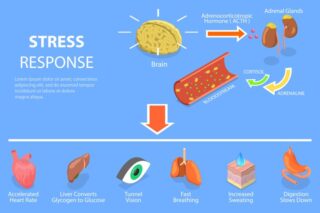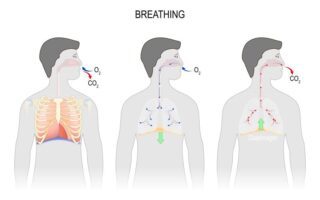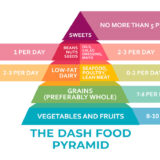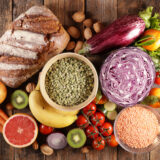The DASH Diet: A Heart-Healthy Approach to Eating

Introduction
The DASH (Dietary Approaches to Stop Hypertension) diet is a heart-healthy eating plan designed to help lower blood pressure, reduce cholesterol, and improve overall cardiovascular health. This article will explore the principles of the DASH diet, its health benefits, and tips for incorporating it into your daily routine.
What is the DASH Diet?
Focus on Nutrient-Rich Foods:
- The DASH diet emphasizes foods rich in potassium, calcium, magnesium, fiber, and protein while limiting sodium, saturated fats, and added sugars.
Core Components of the DASH Diet:
- Fruits and Vegetables: Aim for 4-5 servings of each per day to boost your intake of essential vitamins and minerals.
- Whole Grains: Include 6-8 servings per day, such as brown rice, whole wheat bread, and oats.
- Lean Proteins: Choose lean meats, poultry, fish, beans, and nuts, with a focus on reducing red meat intake.
- Low-Fat Dairy: Opt for low-fat or fat-free dairy products, such as milk, yogurt, and cheese.
- Healthy Fats: Limit total fat intake and choose heart-healthy fats like olive oil, avocado, and nuts.
Health Benefits of the DASH Diet
Lowers Blood Pressure:
- The DASH diet has been proven to help reduce blood pressure, making it a recommended approach for individuals with hypertension or those at risk.
Reduces Cholesterol Levels:
- By emphasizing nutrient-rich, low-fat foods, the DASH diet helps lower LDL (bad) cholesterol levels, reducing the risk of heart disease.
Supports Weight Loss:
- The diet focuses on whole, nutrient-dense foods, which can promote satiety and prevent overeating, making it easier to manage weight.
Decreases Risk of Chronic Diseases:
- The DASH diet is associated with a lower risk of developing type 2 diabetes, stroke, and certain cancers.
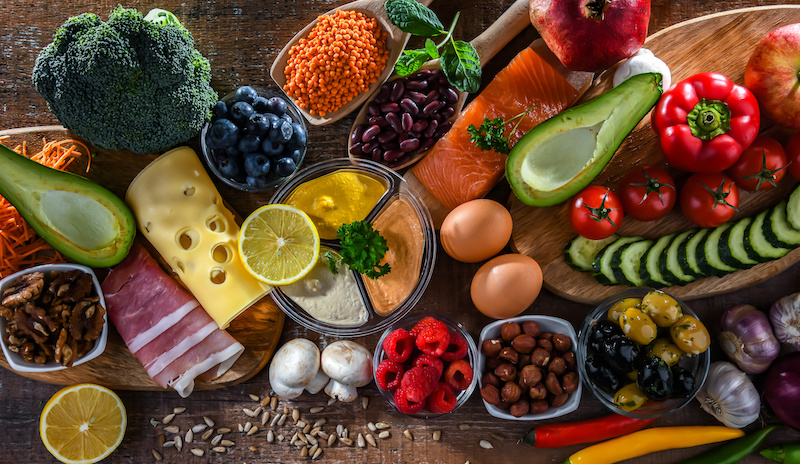
Tips for Following the DASH Diet
Read Food Labels:
- Pay attention to the sodium content on food labels and choose low-sodium or sodium-free options whenever possible.
Plan Your Meals:
- Create meal plans and grocery lists to ensure you have DASH-friendly foods on hand and avoid impulse purchases of unhealthy options.
Cook at Home:
- Preparing meals at home allows you to control the ingredients and reduce your sodium and fat intake.
Increase Potassium-Rich Foods:
- Include foods high in potassium, such as bananas, sweet potatoes, spinach, and tomatoes, to balance sodium levels.
Limit Alcohol and Sugary Beverages:
- Choose water, herbal teas, or low-fat milk instead of sugary drinks, and limit alcohol consumption.
Conclusion
The DASH diet is a heart-healthy approach to eating that emphasizes nutrient-rich foods and limits sodium and unhealthy fats. By following the principles of the DASH diet, you can improve your cardiovascular health, manage your weight, and reduce the risk of chronic diseases.
Summary:
- The DASH diet focuses on nutrient-rich foods like fruits, vegetables, whole grains, and lean proteins, while limiting sodium, unhealthy fats, and sugars.
- It offers health benefits such as lowering blood pressure, reducing cholesterol, supporting weight loss, and decreasing the risk of chronic diseases.
- Tips for following the DASH diet include reading food labels, planning meals, cooking at home, and increasing potassium-rich foods.

This article reviewed by Dr. Jim Liu, MD and Ms. Deb Dooley, APRN.
There’s nothing more important than our good health – that’s our principal capital asset.
#medical #telehealth #umedoc




